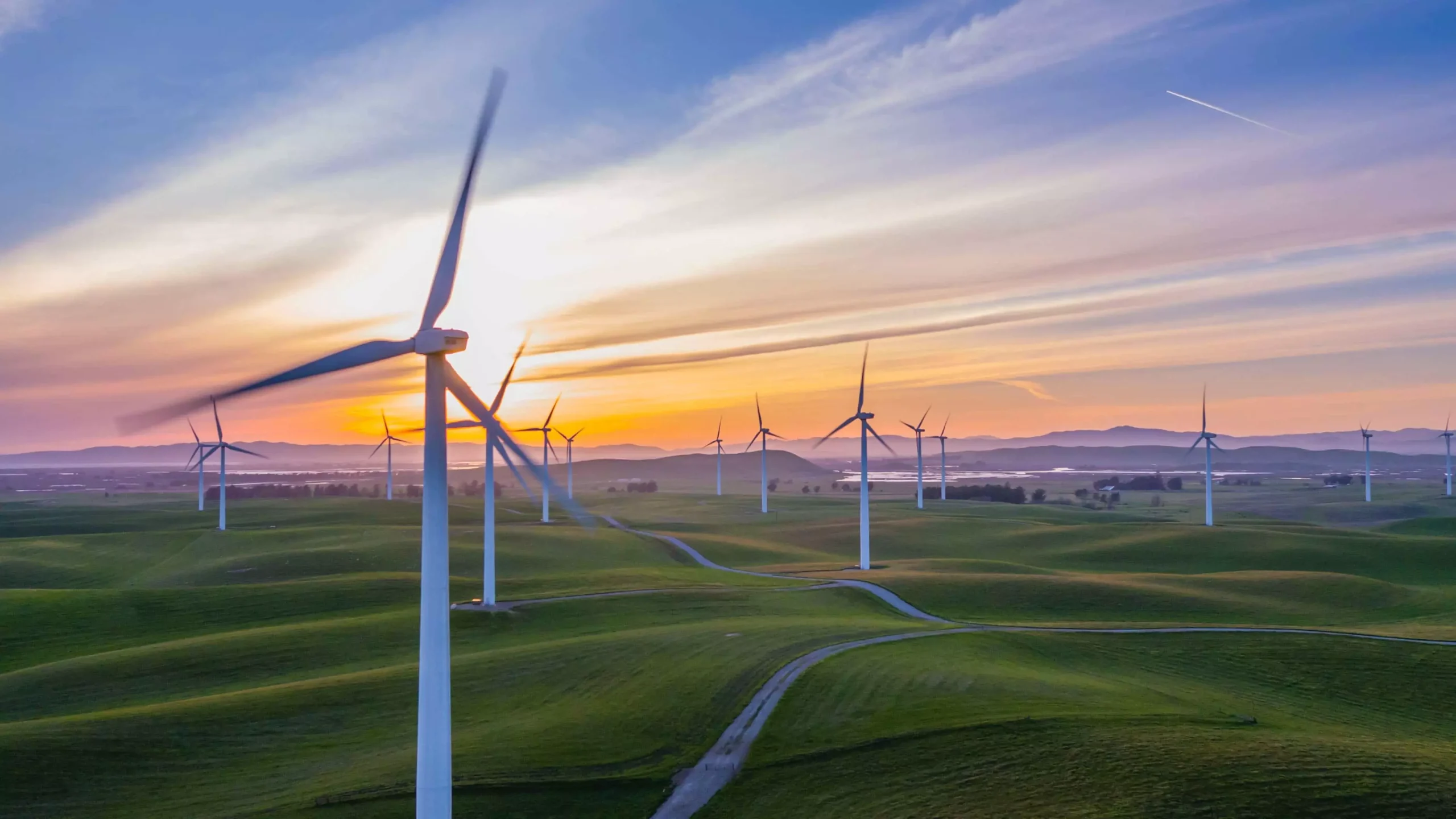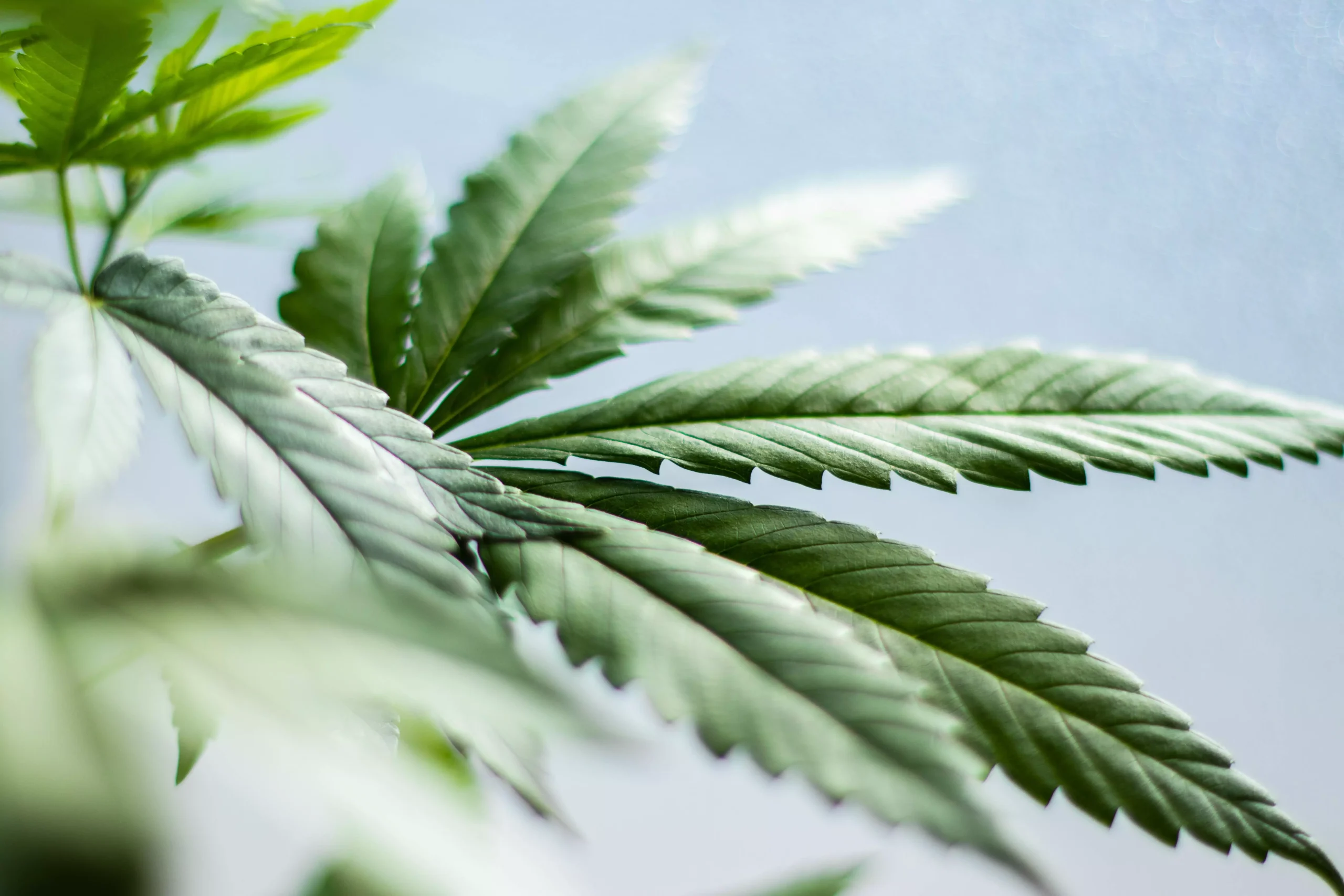Perhaps you’ve seen a troubling string of recent headlines outlining the environmental impact of growing cannabis — Smithsonian Magazine’s “The Cannabis Industry Is Not as Green as You’d Think” is a great example. But how much is cannabis negatively affecting the earth? What can you do about it?
As a cannabis consumer, you may have some concerns around the effects your own consumption may have on the planet, or are simply looking for more information on the topic. We at NisonCo have compiled this succinct guide around the major environmental issues the cannabis industry faces, possible industry solutions and more importantly, the ways you as a consumer can use your purchasing power to be efficaciously conscientious.
The Problem: Illicit Growing
Sources from The New York Times to NPR have covered the devastating effects illicit growing operations have had on the ecosystems of many California public forests. The gist of the situation is that insecticides, pesticides and other often-illicit chemicals are present in huge amounts at many discovered illegal grow operations. These chemicals cause disruptions in water tables and biospheres, and negatively impact populations of various species long-term. Other issues caused by illegal growing include increased violence in the region and deterioration of preserved ecosystems.
The Consumer-Based Solution:
- Buy Legally. When you purchase cannabis from a licensed dispensary, you’re paying for consumer protection and assurance that the product was procured through legal channels. Non-legal sales may save you a few bucks, but may be costing the planet in exchange. Also support legalization efforts in non-legal states. There have been studies that strongly correlate legalization with a decrease in illegal grow sites in national forests.
- Support Your Parks. In public forests across the country, rangers and park enforcement agents are swamped with the work of eradicating illegal cannabis grows. While the work piles on, support does not: Headwater Economics’ recent analysis showed that visitation to US Forest Service and BLM land is up 15%, but budgets are down about the same amount. Parks need financial support and volunteerism now more than ever! Forget going to the mall — take yourself to a public forest and show Mother Nature some love.
The Problem: Water Scarcity
In a handful of US states — Colorado and California among them — water scarcity is a serious concern. Global warming is exacerbating the problem, and not going away any time soon. While some state programs, like California’s State Water Board’s Cannabis Cultivation Program seek to nip water issues around household growth in the bud, most states don’t have such stringent measures.
Depending on the grower, water use isn’t often very high compared to other popular crops in the region. Environmental scientists at University of California Berkeley put the range as low as 2 liters and as high as 22 liters per plant per day during peak watering months. This means less water is used than to grow almonds, pistachios, corn or potatoes.
The Consumer-Based Solution:
- Look for Companies that are Addressing the Problem. The good news is, most companies really care about this issue. Check out some clever ways companies are looking to save water by using efficient irrigation and water reclamation techniques. Up-and-coming ideas also include nitrogen-recycling aquaponic systems like this one in Canada, or to cut out the plant and water usage altogether by making yeast grow CBD and THC directly instead.
- Ask the Tough Questions. You worked hard to make that money, and want to make sure it doesn’t aid watershed destruction. Don’t be afraid to ask where things come from, and how they are made. If your dispensary doesn’t know, look up company websites and don’t hesitate to shoot an email or two in the name of conscientious consumerism. If you buy your own plant starts to grow at home, be sure to seek out companies like Dark Heart Nursery, who are exacting about their ozone water treatment and recycling systems.
The Problem: Energy Use
No matter the industry, alternative energy use and evaluation is at the forefront of combative measures against climate change.
Of the 11 states in which adult-use cannabis is legal, only Massachusetts and Illinois provide energy efficiency standards for indoor growing. Oregon doesn’t have efficiency standards, but does require that cultivators estimate and report on energy use to the state. There has been disagreement over whether greenhouse or indoor-cultivated cannabis uses less energy (it’s generally agreed outdoor farming requires the least energy consumption) — and experts suggest it really depends on a combination of factors, including choice of lighting for indoor grows or efforts at carbon neutrality throughout the facility.
Solaris Farms, which operates as a desert greenhouse in Las Vegas, is one company finding unique solutions for harnessing the natural solar energy the grow has readily available. Too little sun, and the plants won’t grow, but too much and they fry. Solaris Farms’ greenhouse is a hybrid design featuring a glass roof with an upper shade system on the entire structure, which shades the sun at 50 percent. This system originated in Dubai, where it is used by farmers growing vegetables in desert greenhouses. Utilizing this specific design and technology has decreased Solaris’ electricity and energy use by a massive amount.
The Consumer-Based Solution:
- Put on Your Detective Hat. Once again, you’ll have to do some groundwork. Ask your local budtender about the various companies you hope to buy from, and be sure to keep an eye out for exciting models aimed around alternative energy sources. Also remember that buying locally means less fuel was used to transport that item to you. Seek out companies like Bluebird Botanicals, which works to create an eco-conscious supply chain literally from the ground up. They begin with choosing outdoor and greenhouse growers who use regenerative agricultural practices, and continue that dedication all the way through their use of sustainable packaging.
- Support Initiatives Aimed at Creating Efficiency Standards. While voting with your dollar is essential, using your actual vote to initiate change is even more necessitous. Support policies and initiatives (and the people who support them) at your local polling place at every opportunity. Programs like Colorado’s carbon dioxide recycling pilot study — which traps CO2 emissions from beer production and cycles it into soil for cannabis growth — are turning heads across the country. Help push efficiency standards by taking part in the democratic process.
The Problem: Packaging
According to the United Nations #BeatPlastic Initiative, “Around the world, one million plastic drinking bottles are purchased every minute, while up to 5 trillion single-use plastic bags are used worldwide every year. In total, half of all plastic produced is designed to be used only once — and then thrown away.”
The cannabis industry faces particular plastic waste challenges, as each state has separate regulations around size of packaging or labels, as well as requiring child-proofing nationwide. Hemp plastics look like an up-and-coming option for many plastics problems, but the solution begins in the hands and demands of customers.
The Consumer-Based Solution:
- Reuse and Upcycle before you Recycle. The good and bad news is, most packaging cannabis comes in from the dispensary is very reusable and only sometimes recyclable. Some companies like PAQcase take the reusable call to action a step further than the dispensary — setting you up with joint cases so you can roll at home and ditch the dispensary pre-roll waste. Single joint containers through larger resealable containers can be used for spices, craft supplies, or dozens of other reorganizing purposes. Glass jars in particular can be great for decoration and upcycling.
Just can’t seem to find a use? Make sure before you buy that if you aren’t going to reuse it, it also won’t end up in a landfill. The sad truth of recycling is that the success of an item being recycled is dependent on its value for repurchasers of recycled waste. There’s no guarantee that the items you place in the recycling bin will end up actually being repurchased, and so can end up in a landfill despite your best intentions.
Please recycle appropriately in your community, or better yet reach out to local dispensaries to find out if they participate in a reuse program, like Terracycle’s Cannabis Packaging Recycling Program.
- Seek Out Sustainable Businesses. Try avoiding any single-use packaging and hardware, like single-cartridge vaporizers. Search for companies that have recollection programs, and look for creative solutions in the industry. For example, Sana Packaging’s products are made using 100% plant-based hemp plastic, 100% reclaimed ocean plastic, and other sustainable materials.
In Conclusion:
Like all commerce in the United States, cannabis consumers have to put in the research to make sure the purchases they make ally with their consciousnesses. While it’s great that organizations like the Global Cannabis Partnership push for environmental and social cognizance in the cannabis industry, the crux of change lies in the hands and wallets of the public.
Put your money where your priorities are. If you care about recycling, always use recyclable packaging and eco-friendly containers. Care about the water table and pesticide use? Purchasing through a legitimate dispensary is imperative. Care about all of it? Be extremely discerning — it’s your money! Put on your eco-conscientious detective cap and spend your money where it matters most to you.



